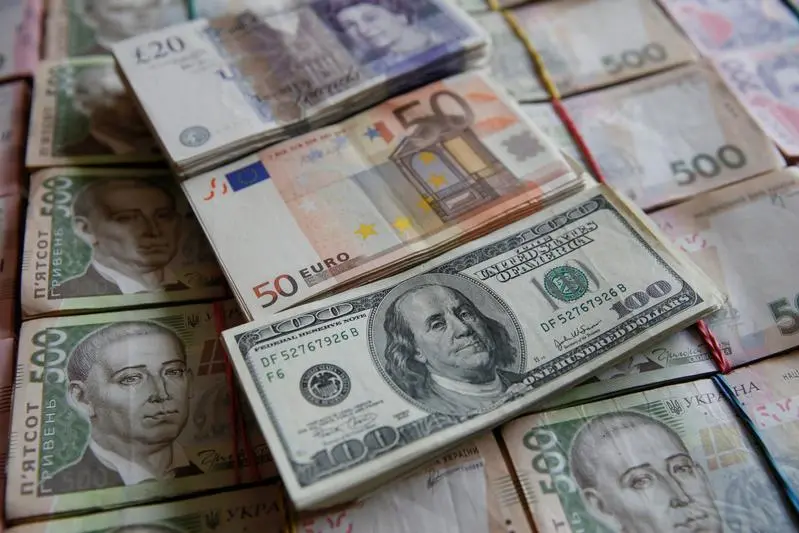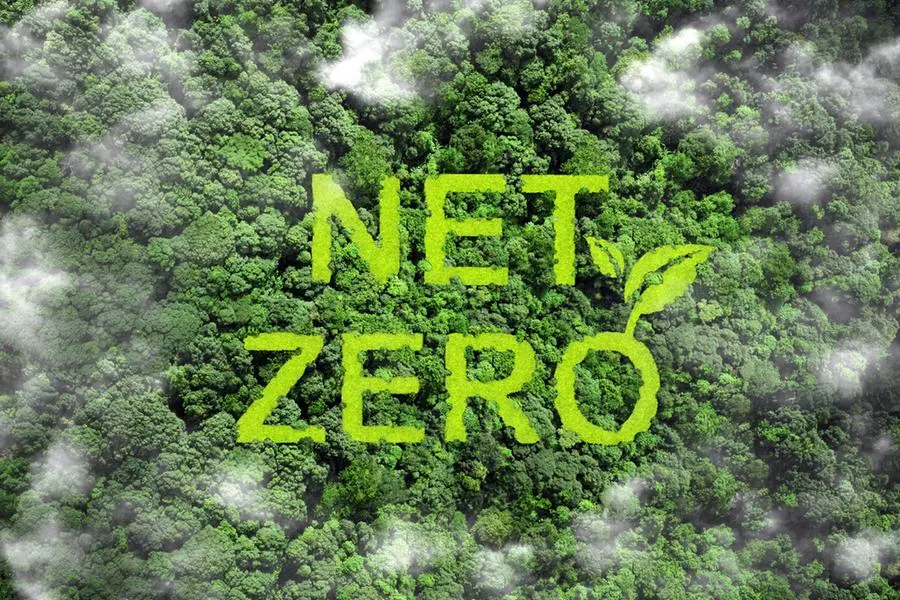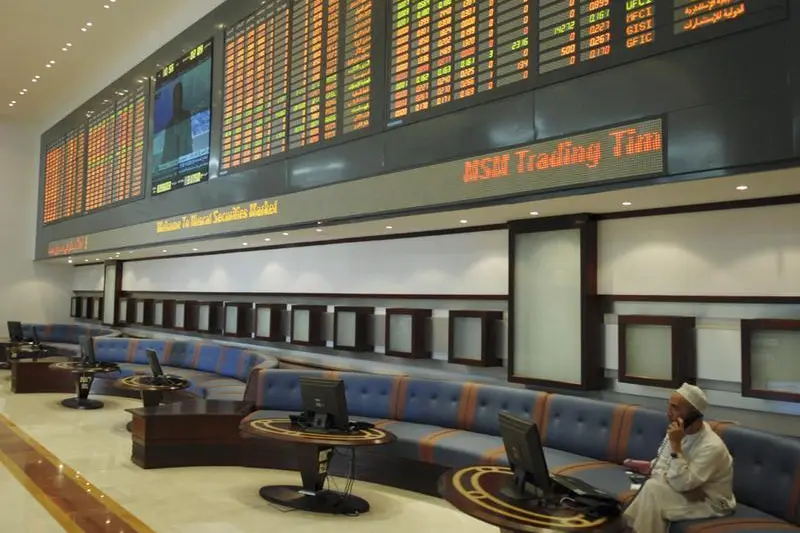PHOTO
LONDON - The end of modern globalisation may owe more to the fortunes of the U.S. dollar than Kremlinologists, Sinologists or military analysts acknowledge.
A year from Russia's invasion of Ukraine, fracturing geopolitics seems to be rolling back world trade links and financial interdependence at speed.
Political blocs are re-coagulating, economic nationalism is on the rise and international finance has to parse a level of cross-border risk not seen for over 30 years.
But global financial conditions - and the strength of the U.S. dollar as a proxy for that - may be playing a bigger part than the more dramatic political narrative lets on.
Both likely feed off each other of course. And neither is good for developing economies that are only beginning to attract back sizeable investment for the first time since the COVID-19 pandemic and Ukraine shocks.
In a presentation that caught many eyes last week, Bank for International Settlements' Economic Adviser Hyun Song Shin showed how cross-border credit conditions and the way they're reflected in cost of dollars had the most pernicious effect on globalisation over the past decade.
His slides spotlight how the relentless international trade growth that defines globalisation - measured by global export volumes as a share of world gross domestic product - peaked just before the banking crash of 2008 and has essentially stagnated ever since, despite recovering post-crash and post-pandemic troughs.
The simple link Hyun emphasised is between the boom in goods trade that drove pre-crash globalisation and how heavily it relied on supply chain finance and cross-border credit to expand. As that finance, measured broadly by cross-border banking lending relative to world GDP, has also never recovered the peaks of 2007 to 2008, he says the two are inextricably linked.
As most trade finance and international borrowing is conducted in dollars, demand for the U.S. currency and movements in the value of the greenback provide one of the best proxies for world credit conditions overall.
"This stagnation started well before the Covid shock," Hyun wrote. "The evidence suggests that financial and real globalisation are two sides of the same coin."
"A stronger dollar tends to go hand in hand with tighter global financial conditions and more subdued supply chain activity."
FRAGMENTATION
For markets looking at dollar trading and financial conditions day by day, it may be difficult to see such direct cause and effect.
But if you consider the Fed's 'broad' trade-weighted dollar index is still almost 40% above 2008 lows - even after the 8% recoil from last year's peak - then you get some picture of how tight world financial conditions have remained for 15 years.
Compensating somewhat for dollar exchange rate strength over the decade were historically low real dollar borrowing rates. The average real 10-year real yield since 2008 was less than 0.4%.
But as the Federal Reserve has pushed interest rates from near zero to 16-year highs of 4.75% to cool inflation, those 10-year real borrowing rates have surged again to more than 1.5%, already averaging 0.55% since the start of last year.
And so the retreat of the dollar from its peaks last September offers only partial relief.
More worrisome, counter-intuitively, is the unexpected re-acceleration of the U.S. and global economies so far in 2023 that suggests little relief on borrowing rates on the horizon and precious little on the dollar either.
If the Fed is forced to push rates much higher from here, other central banks may not be able or willing to keep pace.
That's not to say the politics are a sideshow. There's little doubt that the pandemic and the geopolitics surrounding Ukraine and Taiwan have been major potential disruptions to world trade by themselves.
The new world of bloc politics, economic security and supply chains fragility has seen waves of 'onshoring', 'nearshoring' or 'friend shoring' of supply chains and big political pushes to ensure domestic self sufficiency in everything from energy and food to pharmaceuticals and microchips.
That in itself makes cross-border finance more difficult if global banks fear exposure to everything from sanctions risk to capital controls or even direct political scrutiny.
What's more, reduced trade, supply chain disruptions and 'onshoring' to higher-wage domestic sites are all potentially inflationary over time and will likely only buoy borrowing costs for longer. And military tensions traditionally lift the dollar more broadly as a store of value.
But the loop can feed on itself.
Emerging markets, where stock indexes have also basically stagnated since 2008 and are still below the highs of 2007, are at the sharp end of that de-globalisation stick.
"Greater fragmentation stemming from the (Ukraine) war is a serious setback to globalisation and will incentivise investors to focus on country specifics rather than emerging markets as an asset class," Amundi's global macro chief Mahmood Pradhan and head of geopolitics Anna Rosenberg told clients this week.
"Investors have to face up to a new geopolitical equilibrium characterised by shorter value chains, greater protectionism and higher inflation."
If the U.S. dollar is the key weather vane, rumours of its demise this year already seem to have been greatly exaggerated. After only seven weeks, the dollar is already almost 1% higher for the year to date.
The record $44 billion January borrowing spree by emerging market governments already looks like a window that may closing rather more quickly than many have expected.
According to Morgan Stanley, the dollar bounce has already been largely responsible for a more than halving in total returns for the year in local emerging debt and there's little sign of investors being lured back unless U.S. economic data starts to show some slowdown soon.
"Sentiment has soured rather than turning upbeat at the opportunity to deploy some cash to the asset class at cheaper prices," they said, adding the temptation of U.S. cash yields of more than 5% and firm dollar make it a difficult case to argue.
The opinions expressed here are those of the author, a columnist for Reuters.
(by Mike Dolan, Twitter: @reutersMikeD; Added chart from Andy Bruce; Editing by Josie Kao)























